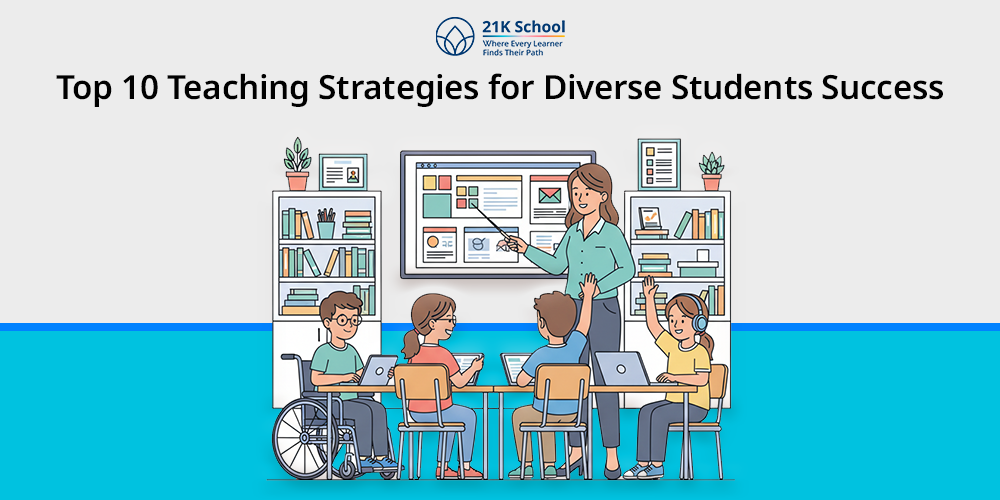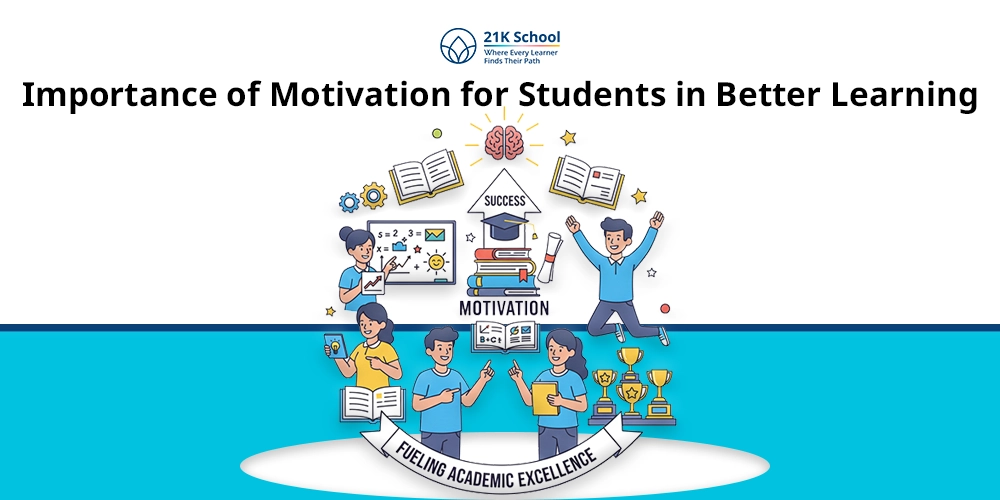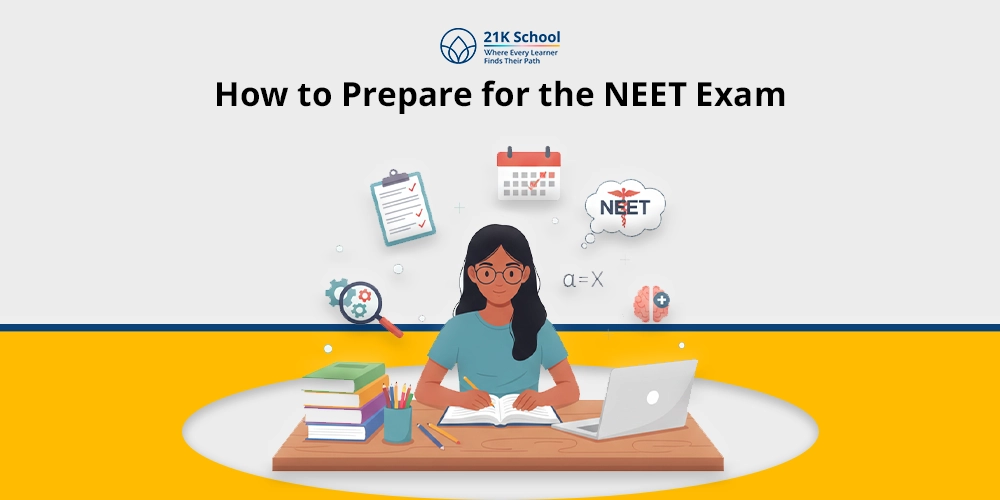
Have you ever found students with the same learning abilities?
When you move in a classroom, you will see different learners with varied ways of learning and strategies that they work with.
Even teachers find it hard when they are unable to plan accordingly and their class doesn’t perform that well.
That is why we will today discuss some of the best strategies that you as teachers can use for your diverse learners and to boost their holistic performance.
Table of Contents
- What are Teaching strategies for Diverse Students?
- 10 Best Teaching Strategies for Diverse Students
- 1. Differentiated Instruction
- 2. Culturally Responsive Teaching
- 3. Universal Design for Learning (UDL)
- 4. Collaborative Learning
- 5. Scaffolding and Supportive Instruction
- 6. Incorporating Technology and Digital Tools
- 7. Building an Inclusive Classroom Environment
- 8. Formative Assessment and Feedback
- 9. Encouraging Growth Mindset
- 10. Family and Community Involvement
- Key Takeaways
What are Teaching strategies for Diverse Students?
For people wondering, teaching strategies for diverse learners are teaching methods that enable your varied students to grow from and ace in their academic fields.
There shouldn’t be any restriction if you really want your students to do their best because no matter how much we deny, everyone is different and so are their learning styles.
All of this can only be possible if you students are handled with empathy, understanding, inclusive equipment, and plans of learning.
While students are waiting, teachers should get well-equipped with teaching strategies that are beyond the traditional one-fits-all model.
10 Best Teaching Strategies for Diverse Students
Before planning more of what’s really needed, follow some best strategies for teaching different learners. These are:
1. Differentiated Instruction
A unique approach to learning for different students is differentiated learning, in a way that they feel more inclined or adapted to it.
Educational equity, brings acceptance for the multiplicity of ideas and forms of learning without restricting them into non-negotiable and useless boundaries.
The responsibility here is of teachers to provide classes and assignments suitable for each child who is learning.
2. Culturally Responsive Teaching
Everyone has their own beliefs about backgrounds that form their cultural setup, which means some students feel more belonged and accepted when they are taught with culturally modelled ways.
Hence, it is easy for the whole class to learn about the team building process and cultural awareness, which helps them in achieving success in future.
3. Universal Design for Learning (UDL)
Universal Design for Learning (UDL) helps with multiple assessments, techniques, and representations. All these solutions are suitable for learners with dissimilar brain structure and formation.
It respects the fact that no students can be the same and provide equal opportunities of engagement to each one.
Such students’ learning can promote reducing barriers of education thus promoting accessibility to it.
Read more on UDL in special education.
4. Collaborative Learning
Another method of effective teaching strategies can be in group works, culturing student engagement and a free will to ask and collaborate.
While young learners are participating in different activities, they flourish more in collaborative learning settings as they enjoy asking questions from their peers.
5. Scaffolding and Supportive Instruction
Now, let’s think that in real classrooms there will be few innocent minds who learn slowly. So, should they be ignored? Or may be taught with patience and considerable scaffolding and supportive instruction?
Basically, in this method, teachers act like guides who tell students how to do the work and then leave freely to execute what they have learnt.
Following the exact process would bring students closer to success and also feel safe in expressing their issues.
6. Incorporating Technology and Digital Tools
You know what is the easiest mode of learning and teaching in present times? It’s the technology and the digital tools made from it.
As a teacher you can rely on these tools to facilitate visual learning and auditory assistance for your students who need personalized learning spaces.
7. Building an Inclusive Classroom Environment
Inclusive classrooms are special because of being free from bias and neglect. That often motivates them to participate in active participation in class.
The use of the diverse learning methods in these classrooms help facilitators focus on the inclusive solutions.
Hence, the inclusive classroom environment creates a comfortable learning space for the diverse learners where they can freely express themselves.
8. Formative Assessment and Feedback
The formative assessments and regular positive feedback help the diverse learners to understand their progress. The teachers can use these assessments to maintain a record of these learners.
To approve of these processes, formative assessments are proven best.
The progress reports can be easily communicated to parents too and further plannings can be executed carefully.
9. Encouraging Growth Mindset
Even though a child is underconfident due to his disabilities, cultural differences, or other capabilities, our job should be to promote a growth mindset.
Each and everything can be learnt on this planet if we have the zeal and motivation for it, and young people need to live this.
By praising their small achievements, and framing mistakes, you can see how their resilience and self-esteem would rise.
10. Family and Community Involvement
Whoever is part of the system including family, friends or community need to beware of the contributions they make into the learning of diverse students.
The role of parents in students lives can form the ground level or base from which students motivate themselves to learn and participate in classroom activities.
Therefore, bridge gaps are met through parental love and support.
Key Takeaways
A well trained teacher like in our 21K School can program learners with diverse needs and styles.
The understanding, awareness, cooperation, and flexibility required in such classrooms can define a teacher’s real capability and teaching skills. Rather than sighing out from such situations, teachers should focus on the opportunity these inclusive classrooms bring and train them into becoming their best professional self.


